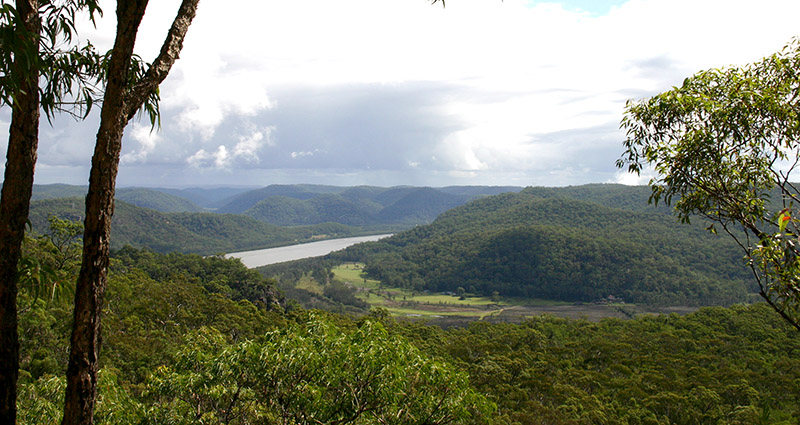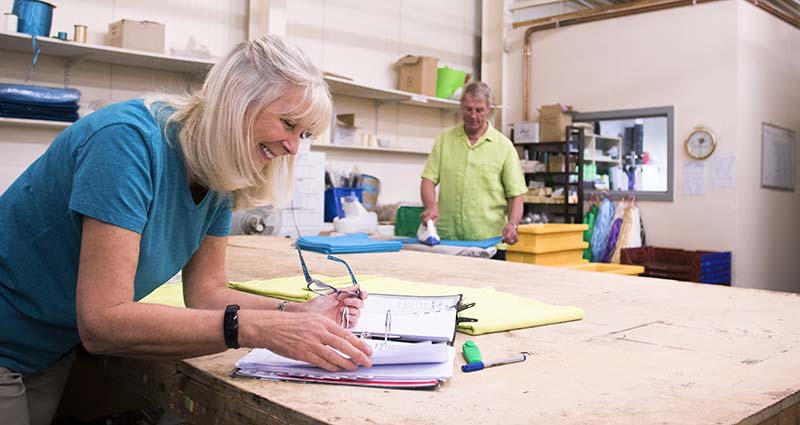How is heritage protected?
Heritage Act (NSW) 1977
The Heritage Act 1977 provides protection for items of State heritage significance that are listed on the State Heritage Register, as well as for unlisted archaeological relics.
The key parts of the Act relevant to managing a state heritage item are:
- Places and items on the SHR cannot be demolished, altered, moved or damaged, or their significance altered without approval from the Heritage Council of NSW under Section 63 of the Act.
- Minor works that will have a minimal impact on the heritage significance of items may be granted as an Exemption under Section 57 (2) of the Heritage Act if the site is on the SHR. ▪ If a project is declared SSD, SSI or CSSI under the EP&A Act, most approvals under the Heritage Act, however in general heritage matters must still be assessed. Assessment requirements will be defined under the Secretary’s Environmental Assessment Requirements. This may include the preparation of a Statement of Heritage Impact.
Environmental Planning and Assessment Act 1979
The EPA Act, administered by the NSW Department of Planning and Environrment, provides protection of local heritage items and conservation areas through listing on the Hornsby Local Environmental Plan (HLEP) which guides Council in making planning decisions.
Hornsby Local Environmental Plan 2013
The Hornsby Local Environmental Plan 2013 - NSW Legislation provides the local development and planning framework to protect the items of local heritage significance within Hornsby Shire and contains the list of all the environmental heritage items, archaeological sites and conservation areas under Schedule 5.
The HLEP in a legal document used by Council to guide development and regulate land use within Hornsby Shire and includes a purpose to protect and enhance the heritage of Hornsby, being places of historic, aesthetic, architectural, natural, cultural and Aboriginal significance. (Clause 1.2(i))
The key parts of the plan relevant to managing items and conservation areas of local heritage significance are:
- Schedule 5 – Environmental Heritage of the HLEP lists heritage items, including archaeological sites, and Heritage Conservation Areas in the Shire. They are also identified on the HLEP maps.
- Clause 5.10 of the HLEP applies to places included in Schedule 5 of the HLEP. The objectives of the clause include conserving heritage items and Clause 5.10(2) prescribes that development consent is required for:
- (a) demolishing or moving any of the following or altering the exterior of any of the following (including, in the case of a building, making changes to its detail, fabric, finish or appearance)
- (i) a heritage item,
- (ii) an Aboriginal object,
- (iii) a building, work, relic or tree within a heritage conservation area,
- (a) demolishing or moving any of the following or altering the exterior of any of the following (including, in the case of a building, making changes to its detail, fabric, finish or appearance)
- Clauses 5.10(5) and 5.10(6) identify when a heritage impact statement, heritage conservation management plan or other heritage management document is required to be considered prior to granting development consent.
- If works are minor and will have no adverse heritage impact, Council will provide heritage exemption advice in writing if development consent is not required under Clause 5.10(3) of a LEP.
Hornsby Development Control Plan 2013
The Hornsby Development Control Plan provides a set of controls for detailed planning and design guidelines to support the Hornsby Local Environmental Plan 2013. Hornsby Council is required to take into consideration the relevant provisions of the HDCP in determining an application for development affecting a locally listed heritage item.
Part 9 – Heritage provides development controls in relation to heritage.
National Parks and Wildlife Act 1974 (NSW)
The National Parks and Wildlife Act 1974 (NPW Act) provides protection for Aboriginal heritage and is supported by the National Parks and Wildlife Regulation 2019.
The Act gives statutory protection to:
- Aboriginal objects, which means any deposit, object or material evidence (not being a handicraft made for sale) relating to the Aboriginal habitation of the area that comprises New South Wales, being habitation before or concurrent with (or both) the occupation of that area by persons of non-Aboriginal extraction, and includes Aboriginal remains.
- Aboriginal places, which means any place declared to be an Aboriginal place under section 84, recognising its current or past special significance to Aboriginal culture.
Aboriginal Places are listed on the State Heritage Inventory, and at present there are two located within Hornsby Shire. There is no comprehensive register of Aboriginal objects, although many have been registered as archaeological sites within the Aboriginal Heritage Information Management System | NSW Environment and Heritage (AHIMS) administered by Heritage NSW, within the Department of Planning and Environment.
Heritage NSW has made available a number of guidelines to assist with Aboriginal heritage management in a development context, including:
- Due diligence code of practice for the protection of Aboriginal objects in New South Wales114
- Guide to investigating, assessing and reporting on Aboriginal cultural heritage in NSW115
- Code of Practice for Archaeological Investigation of Aboriginal Objects in NSW116
- Aboriginal cultural heritage consultation requirements for proponents 2010
Under the NPW Act it is an offence to harm or desecrate Aboriginal objects and Aboriginal places, either knowingly or unknowingly. Under certain circumstances an Aboriginal Heritage Impact Permit (AHIP) may be obtained and there are also exemptions for certain specified activities.







